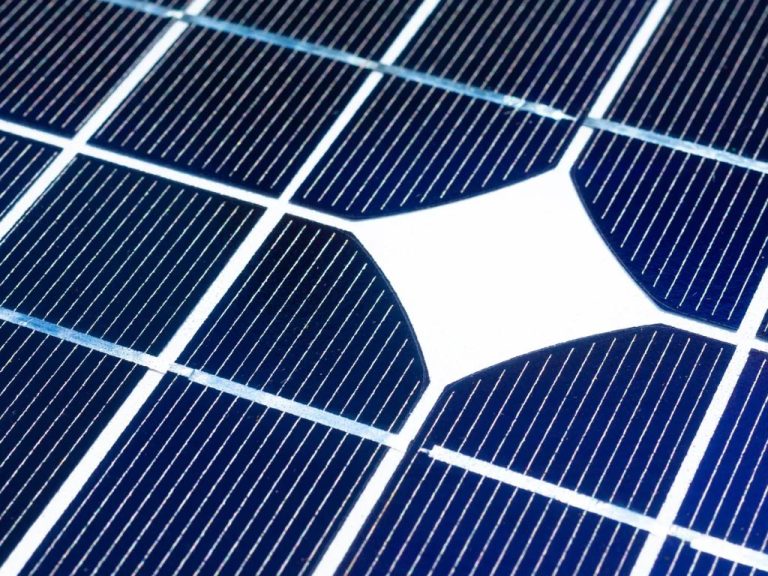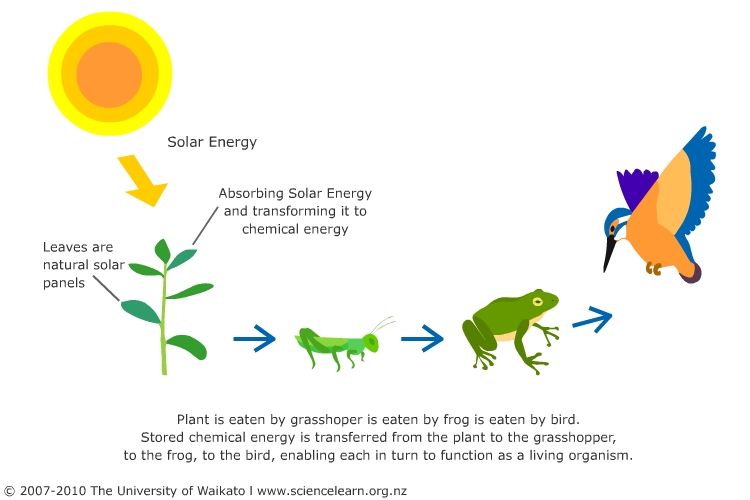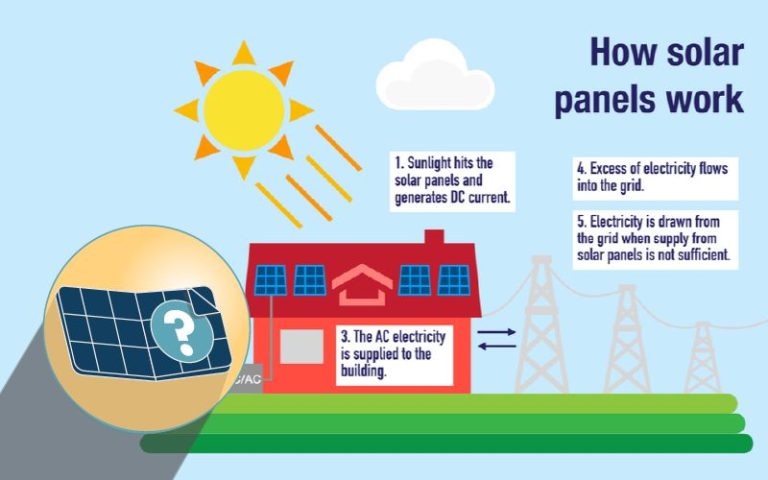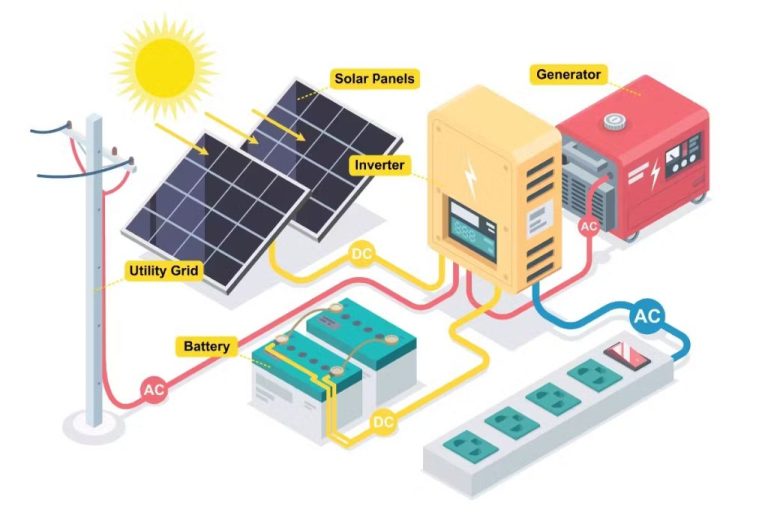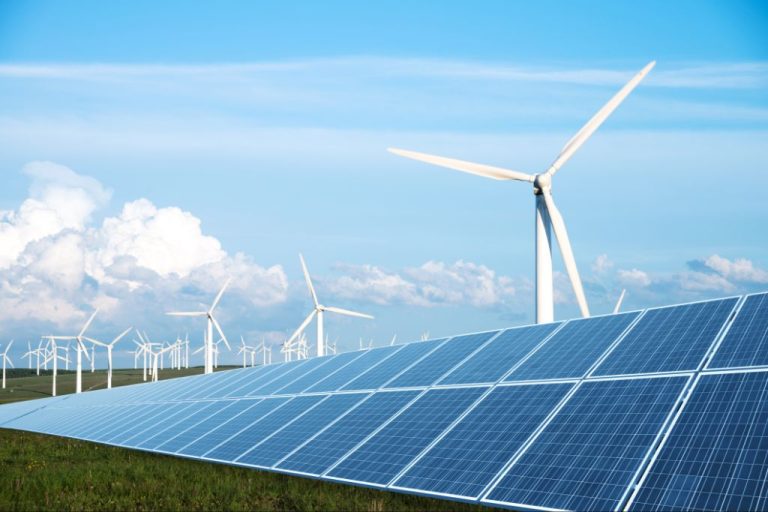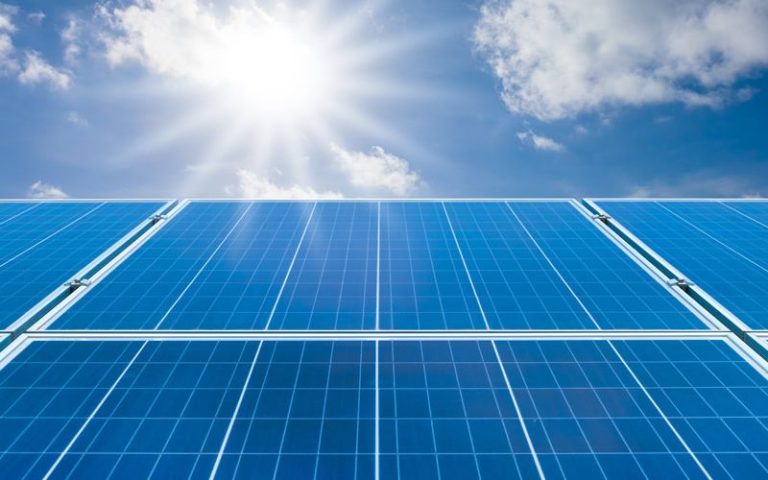What Is Renewable Energy National Geographic
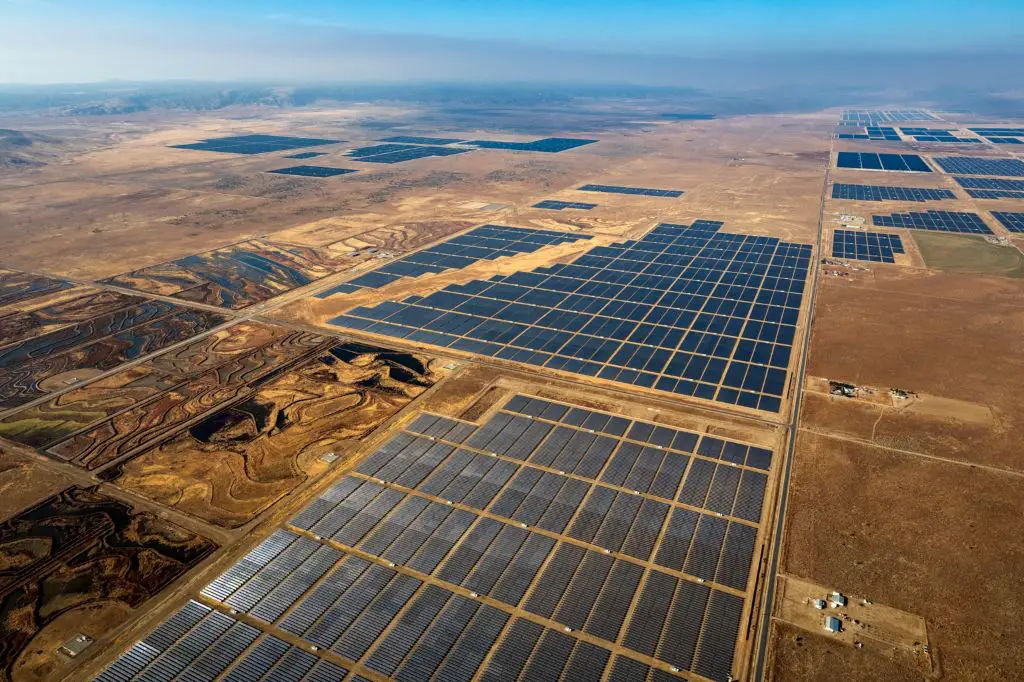
Renewable energy, also known as clean energy, comes from natural sources or processes that are constantly replenished. Some major types of renewable energy include solar, wind, hydropower, geothermal, and biomass. Renewable energy technologies turn these fuels into usable forms of energy (Acciona).
Renewable energy is important because it comes from virtually inexhaustible sources and is better for the environment than conventional energy. Renewable resources produce little to no global warming emissions and avoid air and water pollution caused by fossil fuels (World Wildlife Fund). The growth of renewable energy has been remarkable over the past decade. In the United States, renewable energy provided about 12% of total energy consumption in 2019, and globally renewables accounted for 28% of electricity generation (Acciona). Investment in renewable energy continues to grow as costs decline and efficiency improves.
Types of Renewable Energy Sources
There are several major types of renewable energy sources that are in use today (National Grid, 2022). Let’s take a look at some of the most common ones:
Solar Energy
Solar energy comes directly from the sun and is captured through solar panels. The sun’s rays are absorbed by the panels and converted into electricity or heat (UN, n.d.). Solar energy can be used to produce electricity for homes, businesses, and the grid. It can also be used to heat water or spaces.
Wind Energy
Wind energy utilizes the air flow through wind turbines to mechanically power generators for electricity. Wind farms with many turbines in one location can produce energy for the grid (National Grid, 2022). Wind power is one of the lowest priced renewable energy technologies available today.
Hydropower
Hydropower harnesses the energy of flowing water to produce electricity. Hydroelectric dams use the movement of water to turn turbines and generate power. Hydropower provides around 7% of total U.S. utility-scale electricity generation (National Grid, 2022).
Geothermal Energy
Geothermal energy taps into the natural heat within the earth to provide renewable power. It uses hot water or steam from geothermal reservoirs under the earth’s surface to turn turbines and generate electricity. Geothermal energy can also be used directly to heat buildings (UN, n.d.).
Biomass Energy
Biomass energy uses organic matter like plants, wood, and waste to produce electricity, heat, fuels, and products. It can involve burning wood chips or agricultural waste to generate electricity. Biomass can also be converted to liquid biofuels like ethanol and biodiesel (National Grid, 2022).
Tidal Power
Tidal power converts the energy from tides into electricity through tidal turbines or barrages. Tidal barrages span across coastal estuaries and capture tidal energy as the water flows in and out. They function similarly to hydropower dams (UN, n.d.).
Solar Energy
Solar energy comes from capturing the radiant light and heat from the sun and converting it into useful forms of energy. There are two main technologies for harnessing solar energy:
Solar Photovoltaics
Solar photovoltaic (PV) panels convert sunlight directly into electricity using semiconducting materials like silicon. When sunlight hits the solar cells, electrons are energized and produce a direct current of electricity. Most residential solar PV systems are connected to the local utility grid, allowing any excess electricity to be sent back to the grid. According to the Solar Energy Industries Association (https://www.ecowatch.com/solar-energy-statistics.html), solar PV accounted for 43% of new electricity generating capacity added in the U.S. in 2021.
Concentrated Solar Power
Concentrated solar power (CSP) systems use mirrors or lenses to concentrate sunlight onto a receiver, heating up a transfer fluid that is used to spin a turbine to generate electricity. CSP allows energy to be stored so it can continue generating when the sun isn’t shining. As of 2021, the U.S. had just under 2 GW of CSP capacity (https://earth.org/solar-energy-facts/).
Benefits
The key benefits of solar energy include:
- Renewable – Solar energy does not require fossil fuels and will be available as long as the sun shines.
- Reduces pollution – Generating electricity from solar power produces no air or water pollution.
- Energy independence – Relying on the sun for energy reduces dependence on imported fuels.
- Job creation – The solar industry employed over 250,000 Americans in 2020 (https://www.marketwatch.com/guides/solar/solar-energy-statistics/).
Wind Energy
Wind energy harnesses the power of air flow to turn the blades of wind turbines. As the turbine blades spin, they turn a shaft connected to a generator that creates electricity (Wikipedia). Wind power has become one of the most rapidly growing renewable energy sources in the world.
Wind turbines can be built on land (onshore) or offshore in bodies of water like oceans and lakes. According to Wikipedia, at the end of 2020, the worldwide wind power capacity was 743 GW, with 54% coming from onshore installations and 46% from offshore. China currently leads the world in total installed wind power capacity, followed by the United States, Germany, India and others (Yahoo Finance).
Many countries have been rapidly increasing their wind power capacity over the last decade. According to World Population Review, the countries with the highest total installed wind power capacity are China (328,970 MW), the United States (132,738 MW), Germany (63,760 MW), India (40,070 MW) and others. Wind power continues to expand as an affordable and renewable energy source across the globe.
Hydropower
Hydropower is electricity generated by moving water and is commonly generated from dams, run-of-river facilities, and pumped storage hydropower. According to Statista, China generates the most hydropower worldwide, producing 1,274.6 TWh in 2021. Other top producing countries include Canada (377.2 TWh), Brazil (362.8 TWh), and the United States (260.2 TWh).
Dams are the most common hydropower facilities and operate by using a dam on a river to store water in a reservoir. Water released from the reservoir flows through a turbine, spinning it, which in turn activates a generator to produce electricity. Run-of-river hydropower facilities channel a portion of a river through a canal and do not require dams or water storage reservoirs. Pumped storage hydropower facilities pump water from a lower reservoir to an upper reservoir when electricity demand is low and release the stored water to generate electricity when demand is high.
Micro hydropower describes hydropower systems with a generating capacity of up to 100 kilowatts and are often suitable for small communities and rural areas. The Three Gorges Dam in China is currently the world’s largest hydroelectric power station with a generating capacity of 22,500 megawatts.
Geothermal Energy
Geothermal energy taps into the natural heat from the earth’s core to produce renewable energy. By drilling wells into underground reservoirs, geothermal plants can use the steam and hot water produced from the earth’s heat to drive turbines and generate electricity. According to the U.S. Department of Energy, geothermal power plants can operate 24 hours a day to provide constant baseload power capable of serving more than 60 million American homes.
The western United States has tremendous potential for geothermal power, with over 9,000 MW of geothermal energy currently developed. Countries like Iceland and New Zealand meet a significant portion of their energy needs from geothermal – around 25% and 17% respectively. With advanced technologies, the global potential for geothermal is estimated to be over 200 gigawatts, providing a sustainable clean energy source. However, high upfront costs for drilling and uncertainty about actual geothermal resources at depth pose challenges for wide-scale adoption.
In direct use applications, geothermal reservoirs can provide heating for buildings, greenhouses, fish farms and industrial processes. Since geothermal energy does not rely on the sun or wind, it provides consistent heating capabilities unaffected by changing weather. The geoexchange process can tap shallow ground warmth for heating and cooling systems. With modest growth projections, geothermal heating could meet over 28% of domestic heating needs in the U.S. and be commonplace worldwide.
Biomass Energy
Biomass energy refers to energy derived from plant-based biomass, which includes agricultural residues, wood waste, and municipal solid waste. It can be used to produce electricity, heat, biofuels, and other products. Biomass is considered a renewable energy source because plants can be replanted to regrow the fuel source.
According to the International Energy Agency, the top countries for bioenergy capacity are China, Brazil, and the United States. Plant-based biomass makes up the majority of bioenergy in China, while Brazil generates most of its bioenergy from bagasse, the fibrous material leftover after sugar extraction from sugarcane. The main biomass resources in the US are wood and waste materials.
The main ways biomass is used for energy production include:
- Direct combustion to produce heat
- Thermal conversion processes like pyrolysis and gasification to make bio-oil and syngas
- Fermentation of plant sugars to produce biofuels like ethanol and biodiesel
- Anaerobic digestion of organic wastes to produce biogas
Generating energy from biomass has several pros and cons. Benefits include its renewable nature, reduction of landfill waste, and lower net carbon emissions compared to fossil fuels. However, it can also produce air pollution if not properly controlled. Sourcing biomass sustainably is important to avoid deforestation and ensure a steady supply.
Overall, biomass energy will likely continue growing as countries seek diverse energy options that are carbon-friendly. Advancements in waste-to-energy and next-generation biofuels can further increase biomass energy’s role in the global renewable energy mix.
Tidal Power
Tidal power is a renewable energy source that converts the energy of tides into electricity. There are two main types of technologies used for tidal power generation – tidal stream generators and tidal barrages/lagoons.
Tidal stream generators, sometimes called in-stream turbines, are submerged turbines placed in areas with fast tidal currents. As the water flows past the turbine, the blades spin and generate electricity. For example, the MeyGen tidal stream project in Scotland has underwater turbines installed in the tidal currents of the Pentland Firth channel. The tidal currents in this area can travel up to 4 meters per second, providing an abundant renewable energy source [1].
Tidal barrages are dams built across tidal estuaries that trap water at high tide. When the tide goes out, the water flows through turbines installed within the barrage to generate electricity. The La Rance tidal barrage in France, which opened in 1966, was the first major tidal barrage. It has a capacity of 240 MW and generates around 500 GWh annually, meeting the electricity demand of about 100,000 people [2].
Tidal lagoons work in a similar way to tidal barrages, except they use breakwaters built around an area of water rather than damming across an estuary. The proposed 320 MW Swansea Bay tidal lagoon project in Wales aims to demonstrate the potential of tidal lagoons. Tidal power is a promising renewable energy source that can provide reliable and predictable electricity from the ocean’s tides.
Challenges of Renewable Energy
While renewable energy offers many advantages over fossil fuels, it also comes with some unique challenges that need to be addressed for it to reach its full potential. Some of the main challenges with renewable energy sources are intermittency, storage, transmission, and cost.
Intermittency refers to the fact that some renewable sources like solar and wind are weather-dependent and only generate electricity when the sun is shining or the wind is blowing. This can make it difficult to integrate large amounts of renewable energy into the existing electric grid, which requires reliable power 24/7 (Energysage, 2022). Solutions like energy storage and improving forecasting can help overcome this challenge.
The intermittent nature of renewables also highlights the need for improved energy storage technology. Storing excess renewable energy when it’s generated allows it to be used later when the sun isn’t shining or wind isn’t blowing. Storage options like batteries and pumped hydro exist but can be expensive (Greenmatch, 2022). More research is needed into storage technologies.
Transmission refers to the infrastructure needed to transport renewable energy from point of generation to end use. Solar and wind farms are often located far from cities and existing transmission lines. Major investments are required to upgrade power grids and add new transmission capacity to get renewable electricity where it’s needed (Energysage, 2022).
While costs of renewables have decreased dramatically, they often still have higher upfront capital costs compared to fossil fuel plants. More technological improvements and manufacturing scale can help make renewables more cost-competitive (Greenmatch, 2022). Government subsidies and incentives can also help accelerate adoption.
Future of Renewable Energy
Renewable energy sources are projected to see tremendous growth in the coming decades. According to the Energy Information Administration, renewable energy is projected to supply 44% of U.S. electricity by 2050, up from 21% in 2021. Wind and solar will account for most of this growth.
The International Renewable Energy Agency (IRENA) projects that the global share of renewables must rise from around 15% in 2015 to around two-thirds by 2050 to limit global warming. This will require a massive scale-up of renewable energy deployment. IRENA’s roadmap shows renewables reaching 86% of global electricity, 59% of total final energy consumption, and 49% of heat consumption by 2050 (IRENA, 2018).
Many countries have set ambitious renewable energy targets for 2050. For example, the UK aims to produce 50% of its energy from renewables by 2050. The EU set a target of net-zero greenhouse gas emissions by 2050, which will require increased renewable energy. The U.S. does not currently have a national 2050 renewable energy target.
Emerging renewable energy technologies like floating offshore wind, geothermal heat pumps, and ocean power could see increased deployment. Continued innovation, such as grid-scale battery storage and advanced solar panels, can enable higher penetration of renewables.

